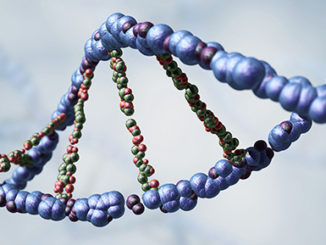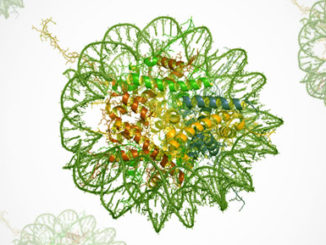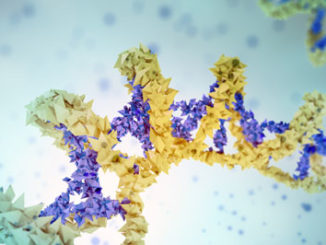A Novel Role for RNA Methylation (m6A) in the DNA Damage Response
Every day our cells undergo substantial amounts of DNA damage from exogenous and endogenous sources. UV light, in particular, can cause an estimated 100,000 lesions per cell every day. Left unrepaired, these DNA lesions could lead to induction of senescence, cell death or mutations, which could be responsible for the development of cancer, neurodegeneration and several other diseases. However, our organisms have developed a mechanism to recognize the DNA damage caused by UV light and other damaging agents, in the [more…]





